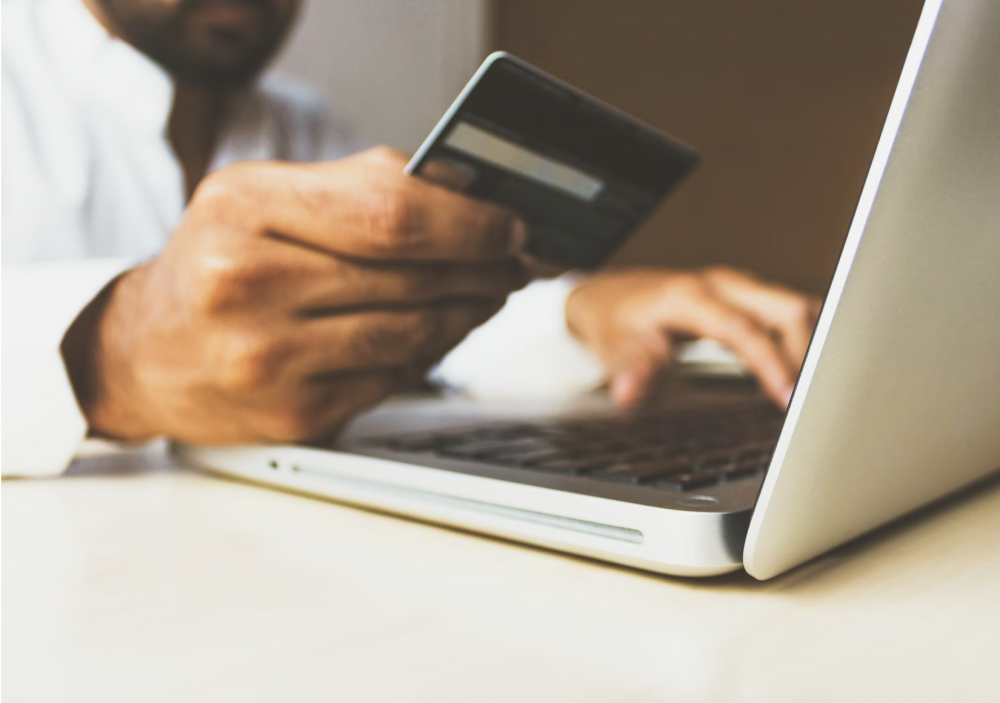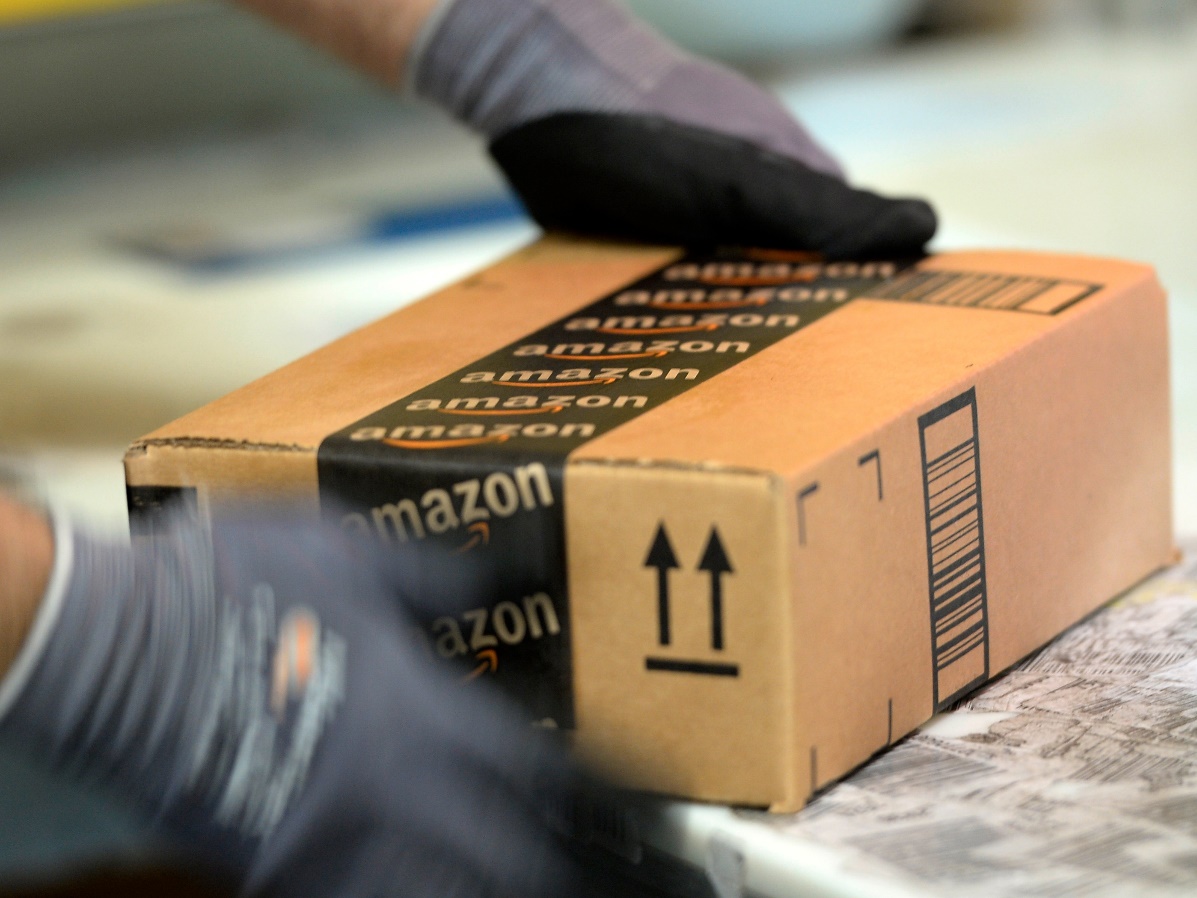
NITA SABOURI – MARCH 20TH, 2023
EDITOR: MEGAN DHINGRA
We’ve all been there: you see something you desperately want—the perfect limited edition designer handbag, an intricate figurine of your favorite anime character, the latest iPhone. When you check your bank account, however, you realize the price is more than what you have right now, so you put it on your credit card. While credit cards are a useful tool for financing personal expenses, they can quickly enable serious overspending, which can result in credit card debt. Along with consumer debt writ large, credit card debt has become an increasingly prevalent issue among Americans. In Quarter 4 of 2022, the New York Federal Reserve reported that American credit card debt has surpassed the pre-pandemic high it hit in 2020, which was $927 billion, and has now reached $986 billion. Additionally, the share of debt that Americans have transferred into delinquency has increased, meaning that many people will now be paying interest on their debt. It doesn’t help that interest rates are on the rise after the Fed’s decision to raise its benchmark in February of 2022. So if borrowing is risky right now, why is consumer debt increasing?
According to rational consumer choice theory, which assumes a rational actor, debt should not happen at all. Rational actors should be able to anticipate the risks involved with borrowing under these circumstances and come to the conclusion that they ought to forego borrowing in order to maximize their overall utility, a variable that is used by economists to quantify the satisfaction a consumer receives from purchasing a good or service). However, this is clearly not happening, since as Bankrate reports, 35% of all U.S. adults carry credit card debt from month to month. In order to get a better understanding of why people go into debt, we must turn to behavioral economics, a field that utilizes psychology instead of traditional economic models to explain human behavior and why economic decision-making may not always be rational.
First, though, it is important to identify the avenues through which consumers are incurring debt. Credit cards have always been a way for people to incur debt, but new developments in the field of personal financing have increased consumer spending and debt collection habits. One of the major changes is that consumers now have greater access to Buy Now, Pay Later (BNPL) financing options, which allows them to split large purchases into smaller chunks that are paid off over time. As the Consumer Financial Protection Bureau notes in a recent study, the BNPL industry grew rapidly during the pandemic, originating 180 million loans totaling over $24 billion in 2021, which is a near tenfold increase from 2019. Klarna, Afterpay, and Affirm are the companies that are at the forefront of the industry, and although these companies usually boast a 0% interest rate, many of them include late fees for missed payments. This can cause consumers to end up paying more for the same product than if they had paid upfront—which effectively works as a form of interest.
BNPL services allow consumers to break up the “pain of paying” — the term behavioral economists use to describe the negative feelings caused by the sacrifice of resources in exchange for obtaining a good or service — into smaller, more digestible chunks. But softening the pain of paying can allow consumers to underestimate how much they are giving up in order to obtain what they are purchasing, which easily enables overconsumption and the accrual of debt.
BNPL also utilizes the “framing effect” to manipulate consumer decisions. The term refers to the fact that people tend to make different decisions based on how information is presented to them. For example, let’s say that there’s two options for a vaccination program for a deadly virus. You are presented with two plans. Plan A will save 200 people out of 600 with 100% certainty. Plan B has a one in three chance of saving 600 people and a two in three chance of saving no one. Tversky and Kahneman, two prominent psychologists, conducted a study about the framing effect and discovered that most people, when presented with a similarly-worded choice, choose the first plan. But if it is reworded, the answers change. If someone is told that plan A will leave 400 people dead with 100% certainty but plan B has a one in three chance of saving all 600, they are more likely to choose plan B. The presentation is different, but the end result of Plan A in both scenarios is the same. The framing effect comes into play with BNPL because the financing practice alters the customer’s perception of how they’re paying for an expensive item. If you are told that something will cost $1,000 upfront, you may be hesitant to purchase it. But if you are told that you can pay for it in payments of $200 over the course of five months with no fees so long as you don’t miss any payments, you may be more inclined to purchase the item, even though the overall cost stays the same.
Another significant factor that causes overconsumption is easy access to extremely cheap goods. While this has primarily affected the realm of fast fashion, it can be seen in all sorts of consumer goods: selfie stands, furniture, espresso machines. For every conceivable high-end object, there is a cheaper, lower-quality alternative (colloquially referred to as a “dupe”). These dupes are typically found on websites such as SheIn, AliExpress, and DHgate, which allow consumers to access manufactured wholesale goods directly from warehouses in countries such as China. While it may seem like a good thing that consumers now have access to cheaper goods, it plays into what behavioral economists call “present bias”: consumers’ tendency to prefer a smaller reward immediately, rather than waiting for a larger one. Access to cheap, low-quality goods works the same way. When consumers can buy five low-quality ten-dollar shirts for the price of one high-quality shirt, there will certainly be some consumers who will choose the former. This effect is also intensified by the current accelerated trend cycle, which causes consumers to buy more in order to keep up with rapidly-shifting fashion trends. And although consumers may feel like they are getting a good deal, this can quickly spiral into over-consumption, since they may underestimate how much they end up spending. Present bias disincentivizes saving up for one well-made item that may last for years in favor of buying several poorly-made items, and consumers may overspend as their cheaply-made goods fall apart. Cheap goods also encourage consumers to bulk buy; it is not uncommon to see videos of people going through their $500 “hauls” from Shein or Aliexpress. Although it may seem counterintuitive, cheap goods ultimately end up stimulating overspending, which is yet another situation that rational consumer theory can’t explain, but behavioral economics can.
Rational consumer choice theory is a useful tool for understanding economics on a theoretical level, but there are some gaps in its abilities due to its reliance on assumptions about human behavior. Because rational consumer choice theory fails to predict irrational behavior, it cannot anticipate consumer debt accumulation, and therefore it cannot provide adequate solutions on its own. But by using behavioral economics, we can become cognizant of how phenomena such as the framing effect and present bias act upon our spending habits in order to avoid overspending and falling into debt we cannot climb out of.
Featured Image Source: Unsplash
Disclaimer: The views published in this journal are those of the individual authors or speakers and do not necessarily reflect the position or policy of Berkeley Economic Review staff, the Undergraduate Economics Association, the UC Berkeley Economics Department and faculty, or the University of California, Berkeley in general.



